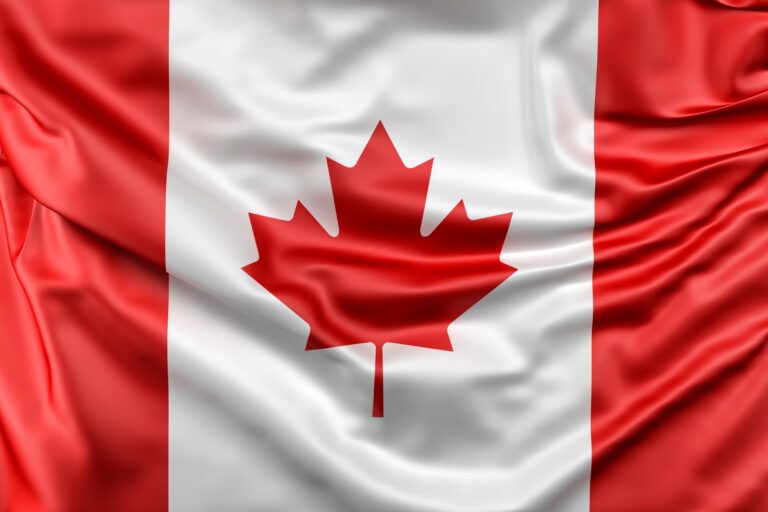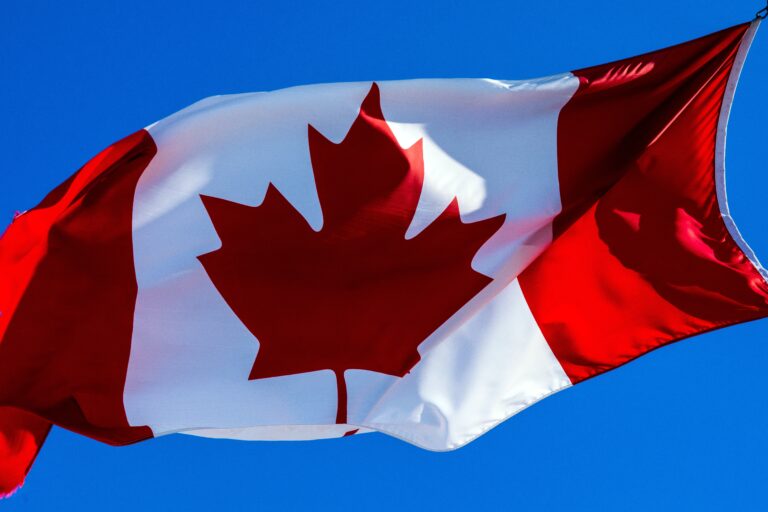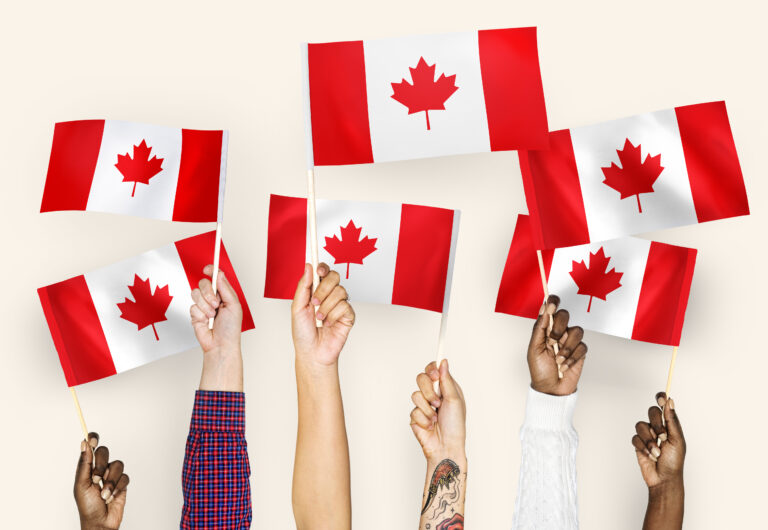MOVING TO CANADA WITH A FAMILY: EXPLORING BEST WAYS OF EDUCATIONAL AND CHILDCARE OPTIONS
Are you thinking of moving to Canada with a family? Then go through this blog post to get an insight into exploring educational and childcare options.
Moving to a new country is an exciting and overwhelming life decision, especially when arranging children’s education and childcare.
Canada is a popular destination for families looking to relocate, thanks to its welcoming immigration policies, diverse population, and high standard of living. In this article, we’ll explore some of the educational and childcare options available to families in Canada.
What Is Child Care?
Childcare refers to the care and supervision of children, typically when their parents or guardians are at work or otherwise unavailable to provide care. Childcare can be provided by various individuals or facilities, such as daycare centers, preschools, nurseries, babysitters, nannies, or family members. Childcare may involve meeting children’s basic needs, such as providing for their safety, nutrition, hygiene, and emotional well-being and engaging them in age-appropriate activities to promote their cognitive, social, and emotional development.
Childcare is an essential service for many families. It allows parents or guardians to work or pursue other activities while ensuring their children are well-cared for in a safe and nurturing environment. It is significant for families with young children who may not yet be of school age or require additional care outside school hours.
In Canada, childcare options vary depending on the province or territory, and childcare availability, cost, and quality can differ significantly across different regions. The Canadian government recognizes the importance of quality childcare as a critical factor in supporting families and promoting early childhood development. As such, various initiatives and programs are in place at the federal, provincial, and municipal levels to support families in accessing affordable, accessible, and high-quality childcare options.
READ ALSO!!!
12 BEST CANADA JOBS FOR IMMIGRANTS
IMMIGRATING TO CANADA AS AN ENTREPRENEUR; OPPORTUNITIES AND CHALLENGES FOR STARTING A BUSINESS
LUCRATIVE JOB OPPORTUNITIES IN CANADA FOR INEXPERIENCED FOREIGN WORKERS; A LIST OF TOP 10 OPTIONS
EDUCATIONAL OPTIONS IN CANADA
Canada has a strong and well-regarded education system, focusing on quality education that promotes academic excellence, critical thinking, and holistic development. Education in Canada is generally free for children aged 5 to 18 and is mandatory until 16 or 18, depending on the province or territory.
Canada has a strong and well-funded public education system for all residents, including international students and refugees. Individual provinces and territories manage the public education system, which sets curricula and standards. As a result, there can be some variation in the quality and content of education across the country.
Public Schools
The government funds public schools and educates students from kindergarten (typically age 5) to grade 12 (naturally age 17/18). Public schools in Canada offer a wide range of programs, including core subjects such as language arts, mathematics, social studies, and science, as well as options for elective courses, extracurricular activities, and support services for students with diverse learning needs.
Parents who wish to send their children to a public school must register them with the local school board. The school board will assign the child to a school based on their home address. In some cases, parents may be able to choose from a few different schools in their area. Public schools in Canada must teach a curriculum that includes language arts, math, science, social studies, physical education, and the arts.
Private Schools
Private schools in Canada are funded by tuition fees paid by parents or guardians. They may offer different educational approaches, such as religious or faith-based education, Montessori, or specialized programs in arts, sports, or STEM (Science, Technology, Engineering, and Mathematics). Private schools may also have smaller class sizes, additional resources, and specialized facilities than public schools, but they can be more expensive.
French Immersion Programs
Canada is a bilingual country with English and French as the two official languages. Many provinces and territories offer French Immersion programs in public schools, where students can learn French as a second language or even study French as the primary language of instruction. French Immersion programs are designed to promote bilingualism and biliteracy. They can be a good option for families wishing to expose their children to English and French languages and cultures.
Post-Secondary Education
Canada has various post-secondary education options, including universities, colleges, and vocational schools. Post-secondary education is not accessible in Canada, but tuition fees are generally lower than in the United States and many other countries. International students are also welcome to attend Canadian universities and colleges, although they may be required to pay higher tuition fees.
Childcare Options
Many families with young children require childcare services to help them balance work and family responsibilities. In Canada, there are several different types of childcare options available, including:
Daycares
Daycares are licensed facilities that provide care and education for children under the age of 5. Daycares may be located in a separate building or part of a more significant childcare center. Private individuals, community organizations, or corporations can run daycares. Daycares may offer full-time or part-time care, and some may offer before and after-school care for school-aged children.
Home Daycares
Home daycares are run out of a caregiver’s private residence. Home daycares may be licensed or unlicensed, depending on the province or territory. In most areas, licensed home daycares are subject to the same regulations as larger childcare centers, including health and safety standards and staff-to-child ratios.
Nannies
Some families hire a nanny to provide childcare services in their homes. Nannies may be live-in or live-out and may work full-time or part-time. Hiring a nanny can be expensive but can provide more personalized and flexible care than other options.
Au Pairs
Au pairs are young people who come to Canada from other countries to provide childcare services in exchange for room and board and a small stipend. Au pairs typically work a maximum of 45 hours per week and may also attend language classes or other educational programs in Canada.
Family or friend care
This is where a family member or friend provides care for your child, either in your home or theirs.
Before and after school programs
These programs offer care for children before and after school and may be run by the school or a community organization.
Summer camps
These provide care for children during the summer months and can be a great way to keep children active and engaged.
Conclusion (Moving to Canada with a Family )
In conclusion, childcare options in Canada can vary depending on the province or territory and the child’s and family’s specific needs. Many childcare options are available in Canada, and families can choose the one that best fits their needs and budget.







